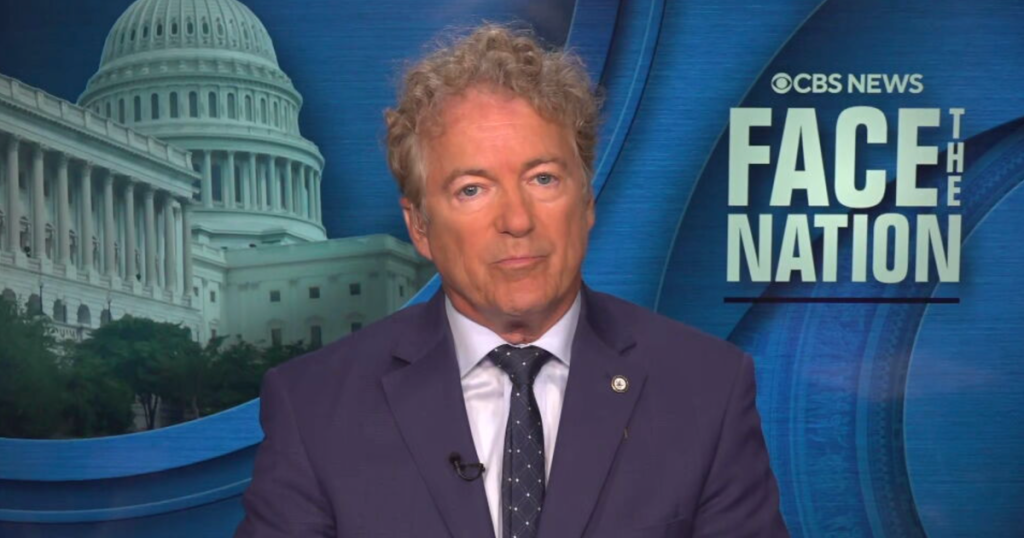In a year marked by intense political turmoil, the failed assassination attempt on former President Trump at a campaign rally in Butler, Pennsylvania, has drawn significant attention and controversy. The motivations behind the violent act remain unresolved, while a recent Senate report has raised serious concerns regarding systemic failures within the U.S. Secret Service. Amidst multiple investigations and public outcry, a deeper understanding of the incident and its implications is being sought.
| Article Subheadings |
|---|
| 1) Background of the Incident |
| 2) The Role of the Secret Service |
| 3) Insights into the Shooter’s Profile |
| 4) Investigative Findings and Report |
| 5) Broader Implications for Security Protocols |
Background of the Incident
The assassination attempt occurred during a campaign rally on July 13, 2024, where a 20-year-old gunman, identified as Thomas Crooks, opened fire on former President Trump. Positioned on the rooftop of a nearby building, Crooks shot into a crowd of supporters. The incident raised alarm as a bullet grazed Trump’s ear, resulting in critical injuries to two attendees, with one, Corey Comperatore, ultimately succumbing to his wounds. The chaos ended when a Secret Service sniper fatally shot the gunman.
The Role of the Secret Service
In the aftermath of the shooting, the U.S. Secret Service faced intense scrutiny regarding its operational effectiveness. Officials from the Senate Committee on Homeland Security and Governmental Affairs highlighted “inexcusable negligence” in the agency’s response to the threat. The report revealed that at least ten requests from Trump’s security detail for enhanced protection measures were either denied or unfulfilled. Requests included the need for a robust counter-drone system and additional personnel on-site, raising questions about the agency’s preparedness and decision-making processes.
Insights into the Shooter’s Profile
Despite the shocking nature of the attack, little information exists about Crooks’ motives. Investigations into his background and mindset have indicated a complex individual who possessed a mixture of intelligence and skepticism toward the federal government. Emails and essays reviewed during investigations suggest Crooks had an interest in engineering as well as a critical view of government policies. Notably, he appeared to express discontent with the political landscape, including critiques of both Trump and former President Joe Biden.
Investigative Findings and Report
Senator Rand Paul emphasized the alarming details unearthed during investigations, including the fact that Crooks was visible for over 90 minutes before the shooting. Public chaos ensued as attendees began shouting warnings about the gunman, yet no proactive measures were taken to evacuate the former President from the stage. According to Paul, “Three minutes before the shooting, the crowd is chanting, man on a roof, man on a roof.” The lack of a timely response has been described as a critical failure of security protocols.
Broader Implications for Security Protocols
With public trust in the Secret Service shaken, the ramifications of the failed assassination attempt extend beyond the immediate incident. Questions surrounding the agency’s accountability, resource allocation, and effectiveness are at the forefront. Investigators have called for comprehensive reviews of current security protocols to prevent future incidents, emphasizing the importance of adaptive strategies to respond to evolving threats against notable figures.
| No. | Key Points |
|---|---|
| 1 | The assassination attempt on former President Trump occurred on July 13, 2024, during a rally in Butler, Pennsylvania. |
| 2 | Thomas Crooks, the gunman, reached the rooftop despite Secret Service presence and was shot by a sniper after injuring two attendees. |
| 3 | Senator Rand Paul’s committee report criticized the Secret Service for failures in communication and resource allocation leading up to the incident. |
| 4 | Crooks had a complex profile, illustrating intelligence and skepticism towards government policies, as revealed through personal essays. |
| 5 | Broader security implications lead to calls for systematic reviews and improvements in protective measures for public figures. |
Summary
The attempted assassination of former President Trump continues to reverberate through political discourse and national security discussions. With investigations underway and a critical report from the Senate Committee outlining significant lapses in protocol, the incident serves as a stark reminder of the complexities surrounding security for public figures. As further inquiries are conducted, key learnings and adjustments to strategies will be crucial in bolstering trust and safety for future events.
Frequently Asked Questions
Question: What led to the assassination attempt on former President Trump?
The attack stemmed from a combination of factors, including the gunman’s personal beliefs and external tensions surrounding Trump’s presidency.
Question: How did the Secret Service respond to the attack?
The Secret Service’s response has been criticized as inadequate, with failures in communication and resource allocation highlighted as significant issues during the incident.
Question: What are the long-term implications of this incident for national security?
The assassination attempt has prompted calls for a thorough review of security protocols, emphasizing the need for improved strategies to protect public figures from similar threats in the future.


